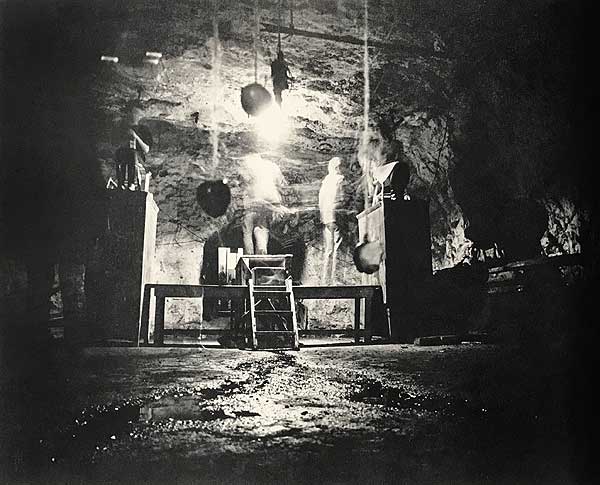Paper presented at Higher Degree Research Conference (Panel 4), UNSW Art & Design, 4 September 2018.

Abstract:
This PhD research addresses modern and contemporary practices of food-art, analysing the rationales and aspirations that motivate artists, past and present, to incorporate edible materials into art. To do this, the project investigates philosophical debates regarding hierarchies of the senses, a history of anti-representational avant-garde art that uses edible materials, phenomenology and affect theory, as well as debates surrounding relational aesthetics. The study also includes detailed analysis of a range of food art practices from Futurist banquets of the early Twentieth through to the present. This paper draws on Maurice Mearleau-Ponty’s phenomenology, which revises a Cartesian privileging of consciousness as the origin of knowledge by reorientating philosophy towards the body as an equally important site of cognition. I will argue that this approach can be applied to food-art practices of the 20th century, which I also argue are consistently inclined towards an art of experience, rather than art as representation or object making. Merleau-Ponty’s concept of reversibility – my body simultaneously sees and is seen – is adopted to analyse Allan Kaprow’s art environment Eat (1964), an art form linked to assemblages and Happenings. Addressing all five senses, Kaprow’s environment was staged to be experienced with a range of bodily senses, entailing physical movement as well as seeing, touching, tasting and smelling food. Merleau-Ponty articulates the body as immersed in the world, with sensory experience conceived as an intertwined, cross-modal form of perception. His formulation of a reversible relation between seer and seen describes an intermeshing of self and world, of subject and object. This paper describes how such formulations may be applied to Kaprow’s work as an instance of food art.

2 comments
Ally says:
Mar 9, 2020
Hi there,
Can you please let me know who wrote this paper? I want to site them properly.
Megan Fizell says:
Mar 9, 2020
Hello Ally, I wrote the paper. It is an excerpt from my doctoral thesis.